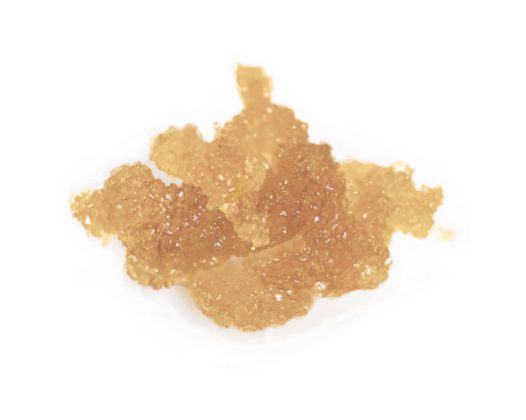When looking at the selection of different kinds of hash oil available in today’s cannabis marketplace, it can be mind bending just trying to figure out what the different forms are. Abbreviations and product names that have become more commonplace, such as BHO (Butane Honey Oil or Butane Hash Oil), CO2, or FECO (Full Extract Cannabis Oil) refer to the process used to extract the hash oil, or more properly, oleoresin, from the plant matter. On top of the extraction method, another category of choice for varying types of hash oil which has become available in recent years is texture.
There are many different names for consistencies which essentially refer to how the end product looks, but some also hint at the process used by the extraction artist to get to its final form. Originally, hash oil was only available as what we refer to today as ‘sap’, which is a semi- viscous and sticky state, hence the ‘oil’ moniker which has stayed with the product even though many forms are anything but oil. Shatter, for example, is a format which resembles hard candy and will actually shatter if struck or dropped. The term ‘wax’ is kind of a funny one. In the beginning, after ‘sap’, ‘honeycomb wax’ came into fashion. The method for making ‘honeycomb’ does strip a lot of the plant lipids and waxes along with the desired oleoresin and does make a candle wax-like end product. The plant waxes and lipids in their raw form are essentially vegetable shortening, and thus, vaping them regularly can lead to serious health concerns. Lipid Pneumonia and Pulmonary Fibrosis being two of the possible long term negative effects, and as such, extractors quickly learned to either leave the waxes and lipids behind as part of their process, or remove them in post-extraction with additional steps.
The part of the the term ‘wax’ to refer to hash oil that is humorous, is that in Washington State and some other places, people refer to all forms of hash oil as ‘wax’, which can get confusing. ‘Sugar wax’ is a good example of the confusion because if made properly, ‘sugar wax’ will contain little to no lipid or wax, rather it will be a blend of cannabinoids and terpenes, and not much else. I prefer to use the term ‘terp sugar’, or just ‘sugar’ to minimize bemusement. The thing about ‘sugar’ that hangs people up is that, unlike shatter, it is not translucent. This comes from a process called enucleation. This is typically because a bit of water was extracted from the plant material or humidity picked up in the purge or storage stage. Enucleation is simply re-alignment of the molecules that make up the hash oil and this leads to a visual opaqueness. If the oil was made properly otherwise, it is not bad and can in fact make the available terpenes more detectable to the olfactory senses.
Presently, one of the most popular forms of hash oil is ‘live resin’. People love it because the natural flavor profile of the particular strain is concentrated down and is so amazing and tasty! This is because it is made with the grower and the extractor being focused on the flavor and both taking the necessary steps for this specific extraction type to be possible. The part of ‘live resin’ that makes it “live” is that, when made properly, the plant is harvested by removing the shade leaves while the plant is still upright and alive, next it’s cut down with the flowers going immediately into the extraction column of a closed loop system, the column is then capped off and pulled to full vacuum and placed into a deep freezer for a few days. Upon extraction care is taken to ensure that the plant material is never allowed to thaw. Techniques vary, but essentially the extraction solvent is used as cold as practical (-50 C is a good round number) and then the steps to finish are all colder than if the extractor was making shatter for example. After purging solvent the extraction artist then must try to purge any water picked up by the process, but minimize terpene loss. This is the part of the process that separates wet hash oil from properly made live resin.

Proper testing will tell a customer or patient what they are looking at, and can be used to make an educated decision for their purchase. A ‘perfect [single solvent] extraction’ would be combination of about 90% total cannabinoids and terpenes, and the remaining 10% would be a mix of ‘impurities’ such as water, chlorophyll, a minute amount of waxes and/or lipids, other cannabinoids and terpenes which are not yet tested for, and, if any, residual solvent. This does not mean that if a hash-oil is tested at 75% THC its garbage, in fact quite the opposite. Personally I look for about 78% overall cannabinoids and 12% overall terpenes. There is the occasional batch that comes through at something closer to 70% cannabinoids and 20% terpenes and these lots are usually very memorable pieces of tasty deliciousness, broken off by the gram. This being said, we know very little about how we are effected by oxidized (vaped) and concentrated terpenes so I tend to keep anything over 10-12% as a rare treat.

